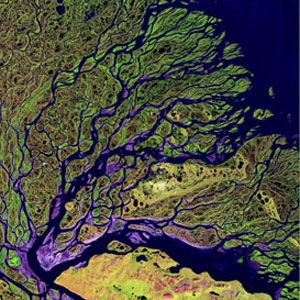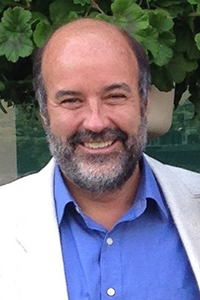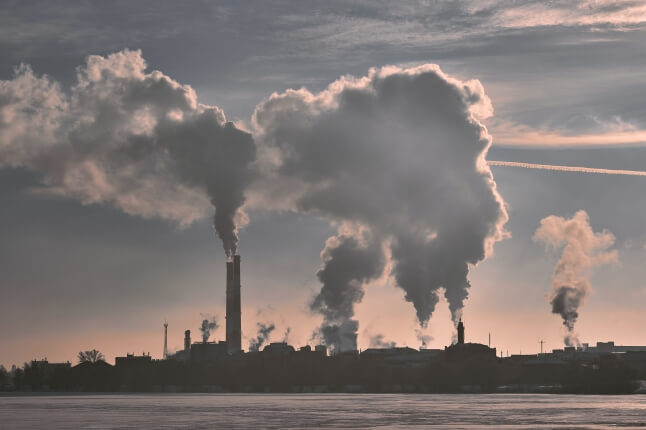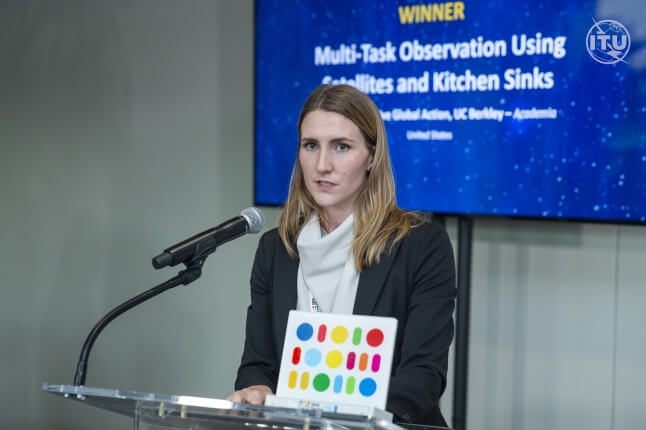News
The Lena Delta, thought to be a source of Arctic mercury. (Photo courtesy of NASA.)
The following article by Dan Morrell originally appeared in the November-December issue of Harvard Magazine.
When people think of mercury, says Daniel Jacob, they tend to think of the element in its silvery, fluid state—the stuff to avoid if a thermometer breaks. “It’s a fascinating metal in that it is liquid at room temperature, but it is present in the atmosphere as an elemental gas,” says the Vasco McCoy Family professor of atmospheric chemistry and environmental engineering. “It’s really amazing.”
Amazing, but potentially very dangerous. At high levels, mercury is a toxin that can impair neurological development in children and affect the adult nervous system. Jacob has been studying the movement of atmospheric mercury for the last decade or so, and has been particularly interested in how and why it shows up at elevated levels in the Arctic—in both the atmosphere and the food cycle. Conventional wisdom, he says, was that emissions from coal combustion and mining in North America, Europe, and—increasingly—Asia were drifting over the Arctic and depositing the mercury via precipitation.
A few years ago, he began testing that theory using a complex 3-D computer model called the Geos-CHEM, which measures atmospheric transportation. “What I was expecting was to find that atmospheric deposition was the dominant source of mercury to the Arctic,” says Jacob. With that finding, he could then examine how that deposition was affected by changes in global emissions patterns—rising levels in Asia, falling levels in the United States and Europe—and by the melting of the Arctic sea ice, which receives and re-emits the mercury into the atmosphere, keeping it from further dissemination in the water. “But, as often occurs in science,” Jacob says, “serendipity took over.”
Read the entire article in Harvard Magazine
Topics: Environment
Cutting-edge science delivered direct to your inbox.
Join the Harvard SEAS mailing list.
Scientist Profiles
Daniel J. Jacob
Vasco McCoy Family Professor of Atmospheric Chemistry and Environmental Engineering



